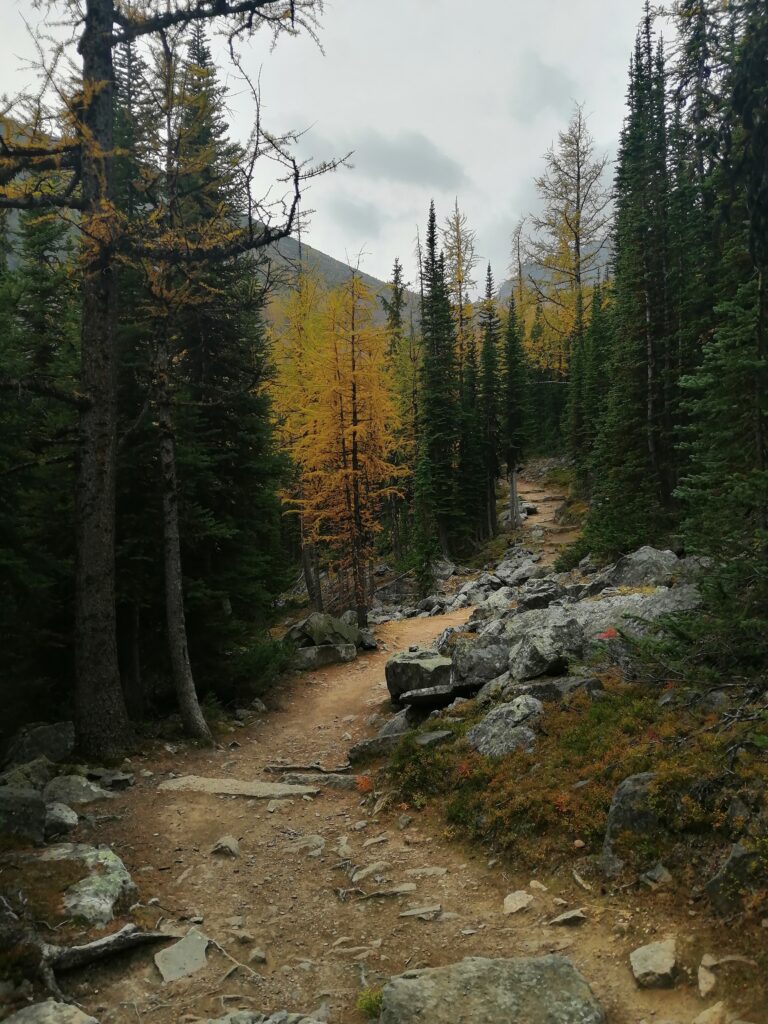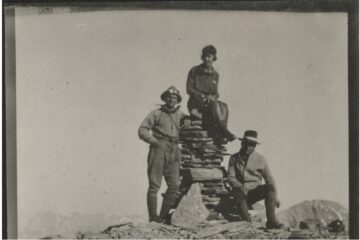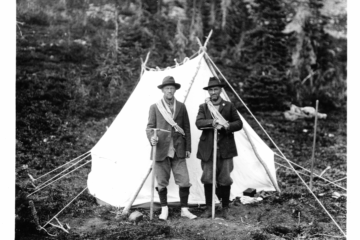What is “Leave No Trace” Anyway?

For decades, the ethics and best practice of respectful backcountry access have been embodied by the slogans “pack it in, pack it out” and “take nothing but pictures, leave nothing but footprints”. While these were good, the pressures on wilderness have increased in recent years, in part due to the soaring popularity of outdoor recreation. Therefore, the ethics and best practice of respectful backcountry access have also evolved, and are now embodied by “leave no trace”.
So what is “leave no trace” and why is it important? You can check it out in detail at Leave No trace Canada (https://www.leavenotrace.ca/home) which is one of the Alpine Club’s strategic partners, but ultimately it’s about minimizing the impact of wilderness access such that there is no trace after backcountry travelers have passed through. This helps keep the wilderness wild, ensures a better experience for other travelers, and helps land managers manage the impact of access without resorting to closures or other access limitations. “Leave no trace” is accomplished by following these seven principles:
- Plan Ahead and Prepare
- Poor planning leads to poor practices.
- Travel and Camp on Durable Surfaces
- Soft ground and sensitive vegetation, especially wetland and alpine vegetation, can be significantly damaged by trampling. Stay on the trail and never shortcut a switchback, which can lead to erosion.
- Dispose of Waste Properly
- Human waste and dishwater should be disposed of at least 100 m from water bodies, camp sites, and trails. Human waste should be buried in small holes that are at least 6 inches deep, and food scraps should be carried out. In some cases, human waste must also be carried out.
- Leave What You Find
- Leave the natural and cultural items that you find, and do not add new “cultural” items such as trail markers (e.g. flagging tape), tree blazes, or structures (e.g. lean-to’s).
- Minimize Campfire Impacts
- Campfires are part of the backcountry experience but they aren’t appropriate in certain settings and under certain conditions. Have campfires only when and where it is safe to do so. Ensure there is a sustainable wood supply at the location. Use a fire pit, fire pan, or build a mound fire. Importantly, make sure your fire is extinguished properly and spread the cold ashes widely and away from camp.
- Respect Wildlife
- Human interactions can be stressful for wildlife. Never approach, feed, or disrupt wildlife, and give them as much space as possible. Store food in animal-proof containers or hang it high if containers are unavailable.
- Be Considerate of Other Visitors
- A big part of “leave no trace” is about protecting the experience for those that come after you, so think about those that you are sharing the trail or campsite with too. Excessive noise, shenanigans, poorly controlled or smoky fires, and uncontrolled pets can ruin someone else’s trip.
As backcountry enthusiasts, we love wilderness and would do much to protect it and to protect our access to it. Adoption of “leave no trace” principles and practices is an easy way to make sure that our cumulative access does not become a problem for wilderness, its wild inhabitants, or those that manage it. More details can be found on the Leave No Trace Canada website, as well as membership and training opportunities.


